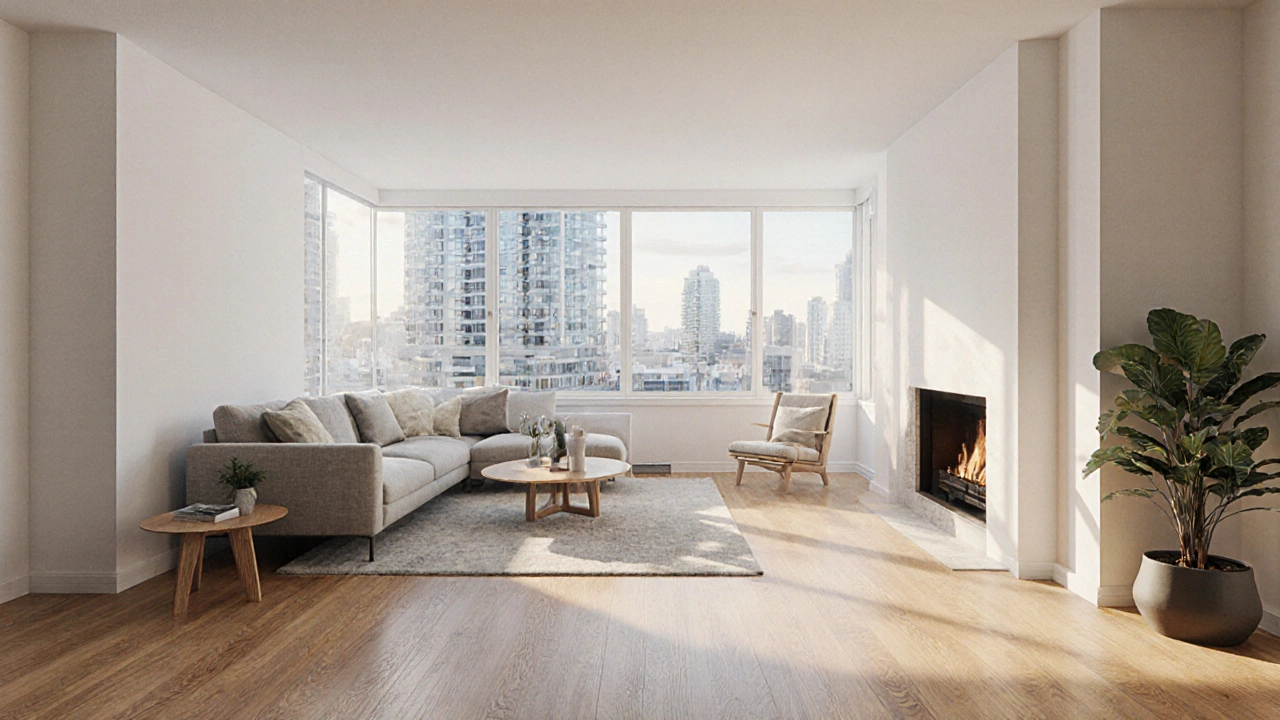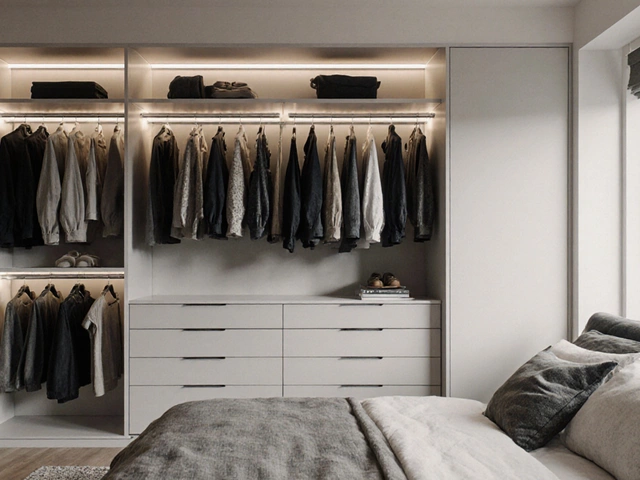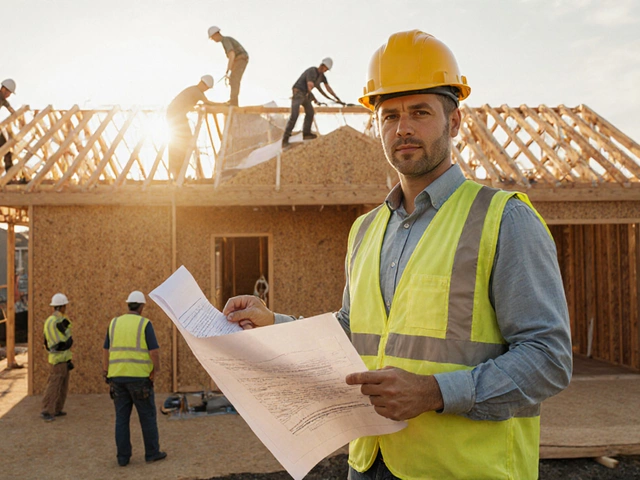Luxury Vinyl Plank: What It Is, Why It Works, and What to Know Before You Buy
When you hear luxury vinyl plank, a high-performance, waterproof flooring material designed to mimic the look of natural wood or stone. Also known as LVP, it's become one of the most popular choices for kitchens, basements, and bathrooms across UK homes. Unlike old-school vinyl tiles, modern luxury vinyl plank isn’t just a cheap imitation—it’s built with multiple layers, including a wear layer that resists scratches, a printed design layer that looks real, and a rigid core that won’t warp when water spills.
What makes it stand out isn’t just how it looks—it’s how it performs. waterproof flooring, a category of materials that can handle spills, humidity, and even flooding without damage is a big reason why homeowners choose LVP. You can install it over concrete, over old tile, or even in basements where wood would rot. And unlike real hardwood, it doesn’t need refinishing or special cleaning products. Just sweep, mop, and go. It’s also easy to replace a single plank if it gets scratched, which is a huge plus if you’ve got pets or kids.
But not all LVP is created equal. The thickness of the wear layer, the type of core (rigid core vs. flexible), and whether it’s glued down or floating all affect how long it lasts and how it feels underfoot. Some versions even come with attached underlayment, which cuts down on noise and makes installation faster. If you’re comparing options, look for products rated for residential use with at least a 20-mil wear layer—anything less might show wear in high-traffic areas within a few years.
It’s not just about the material, though. Where you use it matters too. vinyl plank flooring, a broad category that includes both basic and luxury versions works great in wet areas, but it’s not always the best for living rooms if you want that authentic wood grain texture under bare feet. Some higher-end LVPs now include embossed textures that match the print, so the surface feels as real as it looks. That’s the kind of detail that makes a difference when you’re walking around your home every day.
And while it’s often marketed as a DIY-friendly option, getting it right still takes planning. You need a flat, clean subfloor. You need to leave expansion gaps around the edges. And you need to let the planks acclimate to your home’s temperature for at least 48 hours before installing. Skip those steps, and you could end up with gaps, buckling, or popping sounds when you walk.
There’s no magic formula—just smart choices. If you want something that looks like wood but won’t swell when the washing machine leaks, LVP is one of the few options that delivers. It’s not just trendy—it’s practical. And with so many styles now available, from weathered oak to slate gray stone, you can find a look that fits your home without breaking the bank.
Below, you’ll find real-world advice on choosing the right LVP, fixing common installation mistakes, and how to care for it so it lasts. Whether you’re replacing old linoleum or upgrading a basement, these posts give you the no-fluff details you actually need.
What Type of Flooring Adds the Most Value to a Home?
Hardwood flooring adds the most value to a home, boosting resale price by 5-10%. Engineered wood is a smart alternative, while LVP works well in wet areas. Avoid carpet and outdated laminate to maximize appeal.
full article




